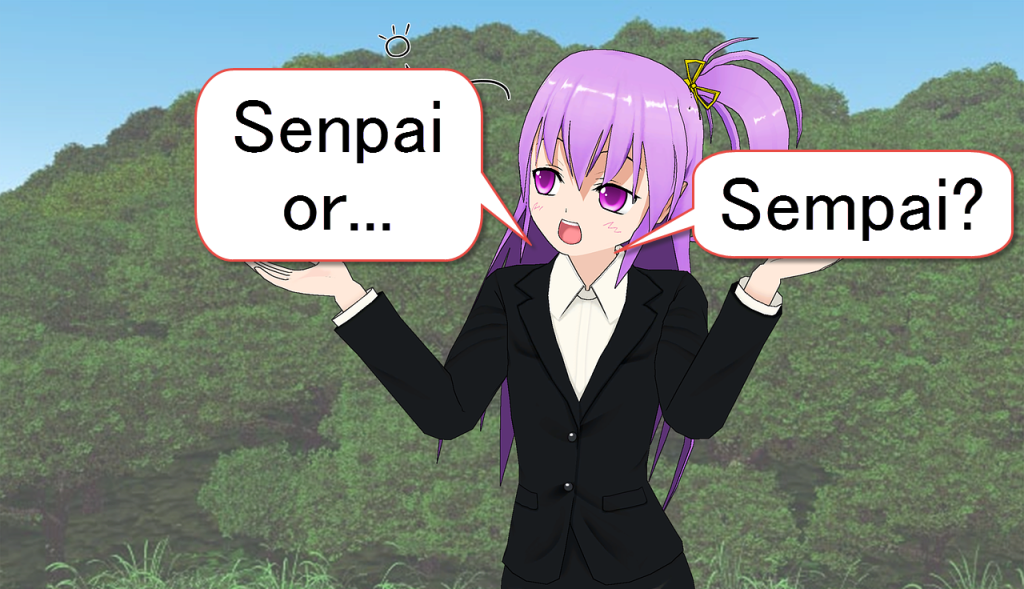Here at Shuto Karate Club, we strive for authenticity when it comes to all things Japanese. (A unkind way of saying this is that we larp as Japanese when we’re on the dojo floor.) So we are trying to learn and utilize Nihongo more (see what I did there?) during practice and in discussing karate. In the near future, I’ll post a list of karate terms and expressions in Japanese, with their English translations.
Before that, I present the following pronunciation guide. I put this together based on my own knowledge and experience, which means it’s probably missing a few things, given that I’ve never studied it formally. If I’ve made any mistakes, I’m sure my Japanese-fluent readers will set me straight — assuming there are such….
Here as some Japanese pronunciation tips:
- The rendering of Japanese words into Roman alphabetic characters is called “Romaji.” It’s imperfect, but with practice it can get you pretty close to Japanese the way it’s supposed to sound – if you spend enough time listening to native Japanese speakers.
- Each syllable gets one beat in speaking.
One type of exception is when you see a double consonant, like tt; the syllable that ends in double consonant gets paused for an extra beat. E.g., ganbatte or mawatte.
Another type is when you see double vowels, which means to hold the vowel sound for an extra beat. So ou means hold the “oh” sound for two beats, and ii means hold the “ee” sound for two beats. In karate-dou, the “doh” is drawn out for an extra beat. (In Romaji, the double-o is represented as “ou” or more commonly with a horizontal line overtop: ō.)
A third example is when o or a is followed by i. Ai, as in gedan barai, is pronounced as English “eye.” “Ah” and “ee” pushed together in one beat = “eye.” Similarly, yoi is not pronounced like “yoh-ee” but rather as one syllable: “yoy.” - Speaking of, here are the Romaji ”vowels” and their sounds in Japanese:
a is pronounced like “ah.”
e is pronounced like “eh” in the beginning or middle of a word, and like “ay” at the end of a word. So, karate = kah-rah-tay. But neko (cat) is neh-ko.
i is pronounced like “ee.”
o is pronounced like “oh.”
u is pronounced like “oo” — with no “y” sound.
By the way, we say a-e-i-o-u in English, The sequence in Japanese is ah-ee-oo-eh-oh, or, using the Romaji letters., a-i-u-e-o. - Each syllable gets pronounced with roughly equal emphasis and pitch, compared to most other languages. There are fluctuations, but they are subtle.
- G is always pronounced with a hard-g sound, and j with the soft “g” sound.
- Y is always pronounced as a consonant sound, not as a vowel, as English does with words ending in y, such as “very.” When you have a consonant and then “y,” such as gyaku, the gy is pronounced as one sound (one beat).
- J is always pronounced as in “joke.” And every such sound is always rendered as j, never g.
- R is not pronounced the same as in English to begin a word, like “run.” It’s more like the Spanish single “r” – with a flick of the tongue against the roof of the mouth.
- N at the beginning of a word or syllable is pronounced the same as the English “n.” However, at the end of a word or syllable, the sound is made more by constricting your throat (or swallowing the sound), rather than by using your tongue. (An example is san, said at the end of someone’s name or as the number 3.) That’s about as well as I can explain it, and for this one, it’s best to listen and imitate. Another example is ganbatte, but you can get around this particular challenge by pronouncing that n as an “m.” This is the meaning of the anime image that is featured at the top of this post.
Quiz time: Which way do you pronounce the n in anime — the English or the swallowed “n”??
Easy one, right? How about in manga, which are the comics or graphic novels?
p.s. Sorry for the sloppy formatting in this post. I couldn’t get it quite right using the WordPress visual editor, and I’m not about to wade into the code. My HTML ability is about on par with my Japanese …..


